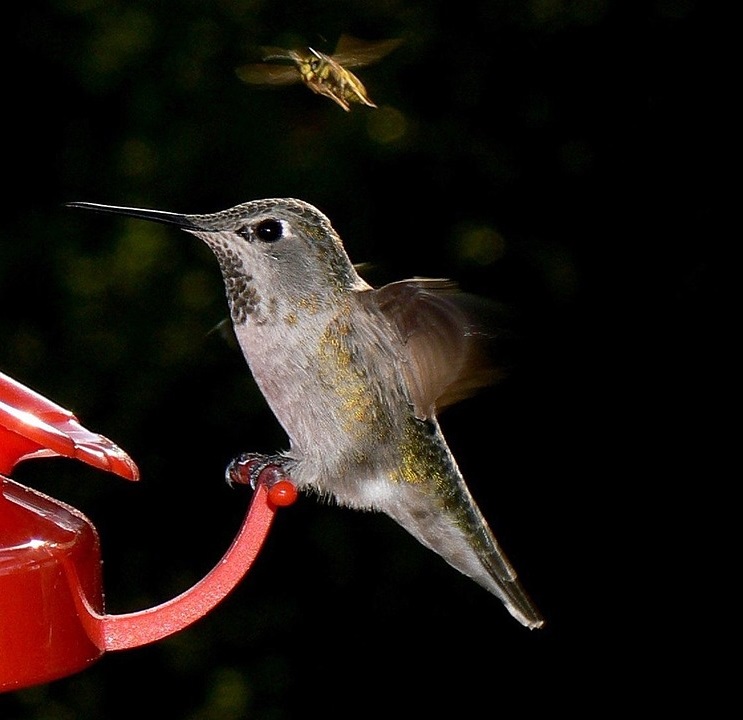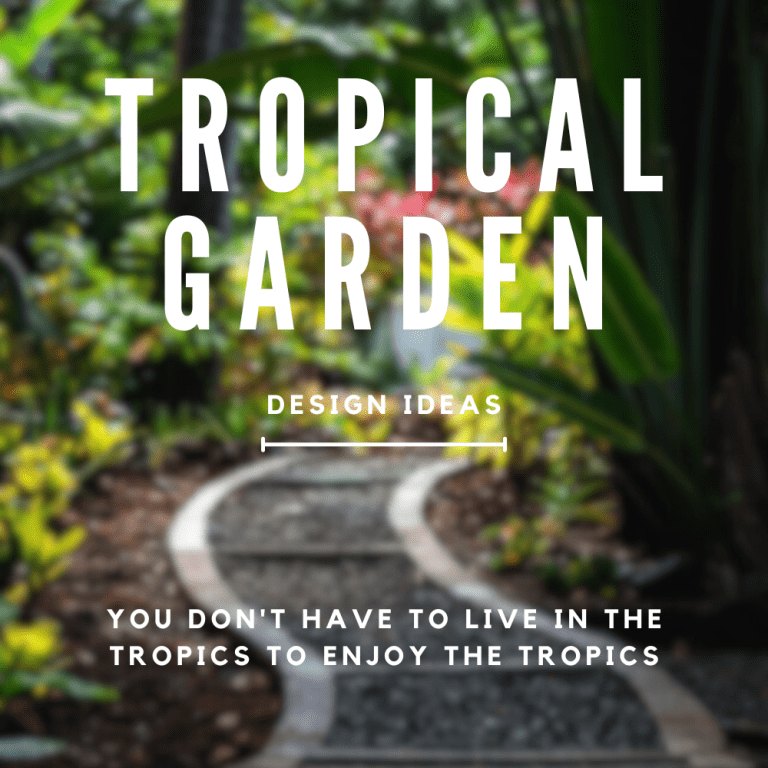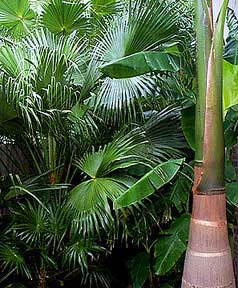There’s an unmatched magic to observing hummingbirds in your own backyard. These petite avian creatures, adorned with vibrant colors that catch and reflect the light, flutter about with a swift elegance that’s a sight to behold. Their wings, beating faster than the eye can follow, produce a soft hum that has led to their endearing name, ‘hummingbirds.’ Attracting these marvelous creatures to your personal space can bring an enchanting wildlife experience right to your doorstep. And one of the most successful tactics to lure these captivating birds is through the use of a well-chosen hummingbird feeder.
Navigating the market of hummingbird feeders can be a daunting task for the uninitiated. With countless options available, each boasting its unique features, how does one decide on the most effective feeder for these discerning little guests? The question calls for a careful examination of the various types of hummingbird feeders and their distinct attributes. This detailed exploration enables us to understand the feeders’ workings better and aids us in making an informed choice.
This guide aims to ease that journey for you by delving into the intricacies of hummingbird feeders. We’ll investigate the primary types of feeders, inspect their unique features, and understand what makes a hummingbird feeder attractive to its intended guests. Whether you’re a seasoned bird enthusiast or a curious beginner seeking to invite these colorful visitors, this comprehensive guide is designed to help you make the best choice for your backyard or balcony.
Types of Hummingbird Feeders
Hummingbird feeders primarily come in two varieties: bottle feeders and saucer, or dish, feeders.
Bottle Feeders: These are designed vertically with a container for nectar situated above the feeding ports. The nectar makes its way down to the ports by the force of gravity, enabling a substantial quantity of nectar to be stored.
Dish or Saucer Feeders: These feeders are designed horizontally. While they are simpler to clean and refill, they usually hold less nectar compared to bottle feeders.
Things to look for in a Hummingbird Feeder
When you’re in the market for a hummingbird feeder, there are several important factors to consider:
1. Ease of Cleaning: Maintaining cleanliness is vital when it comes to hummingbird feeders. These tiny birds can easily contract diseases spread by bacteria and mold, so a feeder that is easy to clean thoroughly is essential. Dish or saucer feeders often come out on top in this aspect.
2. Nectar Capacity: The capacity of your feeder should correspond to the number of hummingbirds in your area. A higher number of hummingbirds necessitates a larger feeder or multiple feeders.
3. Red Accents: Hummingbirds are instinctively attracted to the color red, which they associate with nectar-rich flowers. Although the color of the feeder isn’t as crucial as the nectar itself, a feeder with red accents can help initially draw hummingbirds.
4. Ant Moat: Ants can be quite a nuisance as they too are attracted to the sweetness of the nectar. Some feeders feature a built-in ant moat, an effective deterrent that prevents ants from accessing the nectar.
5. Number of Ports: Multiple feeding ports allow more hummingbirds to feed simultaneously, reducing competition and potentially attracting a larger number of birds to your feeder.
Noteworthy Hummingbird Feeders to Consider
Here are a few highly recommended hummingbird feeders:
Selecting the right hummingbird feeder isn’t just about the aesthetics. It’s crucial to clean it regularly and thoroughly, ensuring the nectar is always fresh. Follow these tips, and you’re sure to enjoy the wonderful sight of hummingbirds gracing your backyard.







